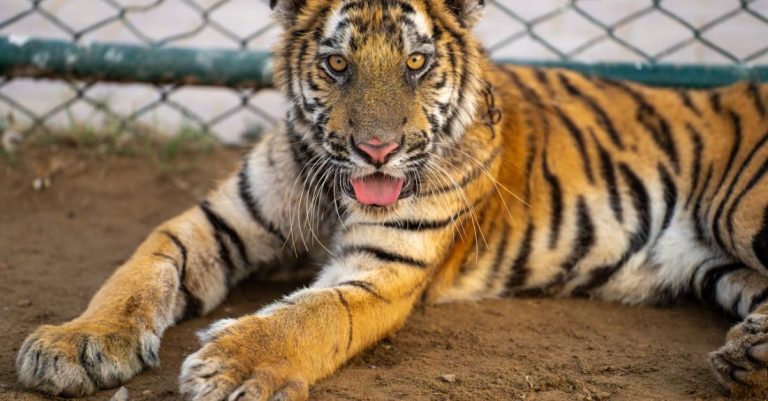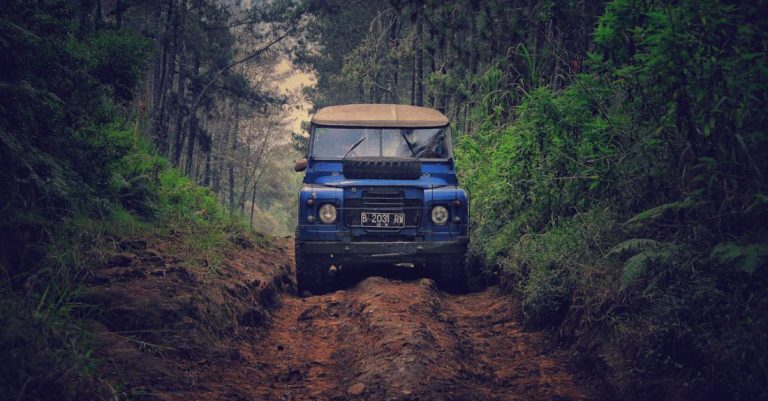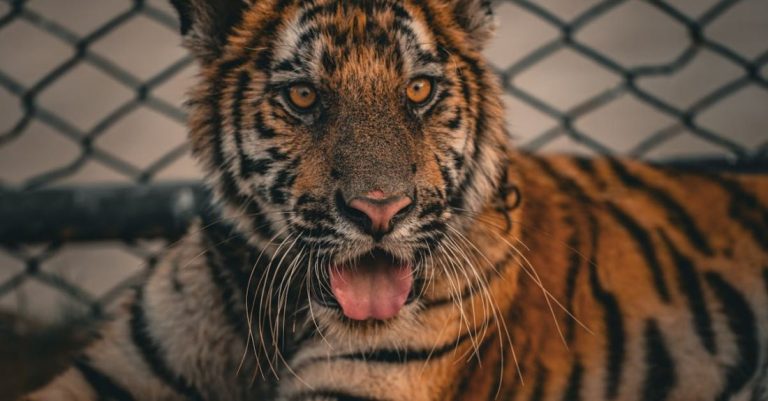
Embarking on a safari adventure to capture the Big Five through your lens is a dream for many wildlife photography enthusiasts. These iconic animals – the lion, leopard, rhinoceros, elephant, and buffalo – are some of the most sought-after subjects for photographers in the wild. To ensure you come back with stunning images that truly capture the essence of these magnificent creatures, there are several key tips and techniques to keep in mind during your safari journey.
Choosing the Right Equipment
Before setting off on your safari expedition, it is crucial to ensure you have the right equipment to capture the Big Five in all their glory. A high-quality digital camera with a telephoto lens is essential for getting up close and personal with these majestic animals while maintaining a safe distance. A lens with a focal length of at least 200mm is recommended to capture detailed shots from a distance without disturbing the wildlife.
Understanding Animal Behavior
To increase your chances of photographing the Big Five in their natural habitat, it is essential to have a good understanding of their behavior and habits. Researching each species beforehand can provide valuable insights into their preferred habitats, movement patterns, and typical behaviors. This knowledge can help you anticipate their actions and position yourself for the perfect shot.
Patience is Key
Patience is a virtue when it comes to wildlife photography, especially when it comes to capturing elusive animals like the leopard and the rhinoceros. Spending extended periods observing and waiting for the right moment can lead to capturing unique and captivating shots. Remember, the best photographs often come to those who wait.
Timing and Lighting
The quality of natural light can make a significant difference in the outcome of your wildlife photographs. The golden hours of sunrise and sunset offer soft, warm light that can enhance the mood and atmosphere of your images. Additionally, photographing the Big Five during the cooler hours of the day can increase your chances of witnessing their active behaviors.
Composition and Framing
When photographing the Big Five, it is essential to pay attention to the composition of your shots. Consider the rule of thirds to create visually appealing images, and experiment with different angles and perspectives to add depth and interest to your photographs. Framing your subjects within the natural surroundings can provide context and convey the scale and beauty of these magnificent animals.
Respect Wildlife and Environment
While capturing stunning photographs of the Big Five is undoubtedly thrilling, it is crucial to prioritize the well-being of the animals and their natural habitat. Always maintain a safe distance from the wildlife and follow the guidelines set by your safari guide to ensure minimal disturbance to the animals. Remember, the goal is to observe and photograph these creatures without causing harm or stress.
Adapting to Changing Conditions
Wildlife photography is unpredictable, and conditions can change rapidly in the wilderness. Be prepared to adapt your photography techniques based on the weather, lighting, and animal behavior. Stay flexible and open to new opportunities that may arise during your safari adventure.
Post-Processing and Editing
After returning from your safari expedition, the process of post-processing and editing your photographs can further enhance the beauty and impact of your images. Use editing software to adjust exposure, contrast, and colors to bring out the best in your wildlife photographs. However, remember to maintain the authenticity of the scene and avoid excessive manipulation that distorts the reality of the moment captured.
In Conclusion: Capturing the Essence of the Big Five
Photographing the Big Five on safari is a thrilling and rewarding experience for any wildlife enthusiast. By equipping yourself with the right gear, understanding animal behavior, exercising patience, and mastering composition techniques, you can create stunning images that truly capture the essence of these iconic creatures in their natural habitat. Remember to respect the wildlife and environment, adapt to changing conditions, and embrace the unpredictable nature of wildlife photography. With dedication, passion, and a keen eye for detail, you can immortalize the beauty and majesty of the Big Five through your lens for years to come.





